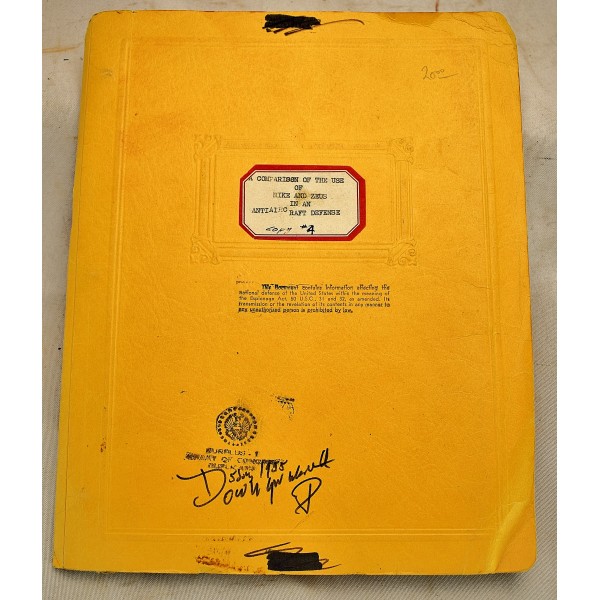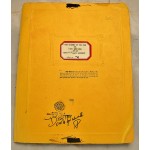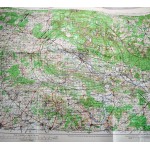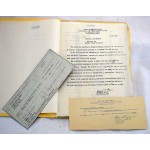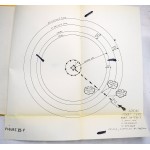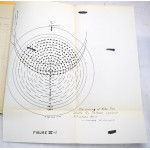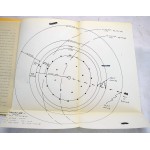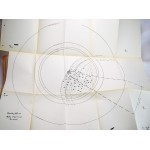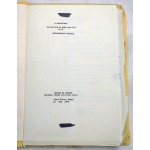A Comparison of the Use
A Comparison of the Use of Nike and Zeus in Antiaircraft Defense
Captain George S. Pappas
George S. Pappas, Fort Bliss, Texas, 1949.
Manila folder bound. Softcover. Handtyped and illustrated by author. Good binding and cover. Shelfwear. Secret stamps on each page and illustration, blacked out. Library of Congress Duplicate stamp on front cover. Espionage Act stamp to front cover and inside cover. Foldout map and illustrations on inside folder on back flap.
Letter from Col. Joseph C. Moore relating his comments on this monograph. Clean, unmarked pages. This Secret document is an early study of comparison of the Nike and Zeus project at the forefront of the Cold War. Project Nike was a U.S. Army project, proposed in May 1945 by Bell Laboratories, to develop a line-of-sight anti-aircraft missile system. The project delivered the United States' first operational anti-aircraft missile system, the Nike Ajax, in 1953. Given that the Nike Zeus project was not started until the late 1950s, the Zeus in this document is most likely the Nike Ajax missile. In the end of this document the author suggests that either the Nike program be scrapped or modified to be more suitable for use by troops and that the Zeus missile should be the future focus of the project.
Colonel George S. Pappas enlisted in the U.S. Army in June of 1939 and was assigned to the 6th Coast Artillery Regiment at Fort Winfield Scott. While stationed there, he attended the West Point Preparatory School and was admitted to the U.S. Military Academy three years after Colonel Short. Graduating on D-Day in 1944, he received a commission with the Anti-Aircraft and Air Defense Artillery at Schofield Barracks Army Base in Honolulu, Hawaii. After World War II, he attended the University of Wisconsin, graduating with a Master's degree in Journalism in 1949 and then worked at West Point in the 1950s. Following an appointment to the Commander-in-Chief of the North American Aerospace Defense Command (NORAD) and the completion of courses at the Command and General Staff College, Colonel Pappas went to Korea with the 8th Army. Upon graduating from the U.S. Army War College at Carlisle Barracks in 1966, he was assigned to the Supreme Headquarters Allied Powers Europe (SHAPE), the central command of NATO military forces. He returned to the Army War College as Assistant Chief of the Research and Publications Branch and was instructed to write a comprehensive history of the college; this work was published in 1967 under the title Prudens Future: The U.S. Army War College, 1901-1967. With this task accomplished, he turned his attention to building the U.S. Army Military Research Collection (MHRC). By 1970, it had become the central historical repository for the entirety of the U.S. Army's collection. The majority of the Colonel Pappas collection now resides at the Center of Military History.
